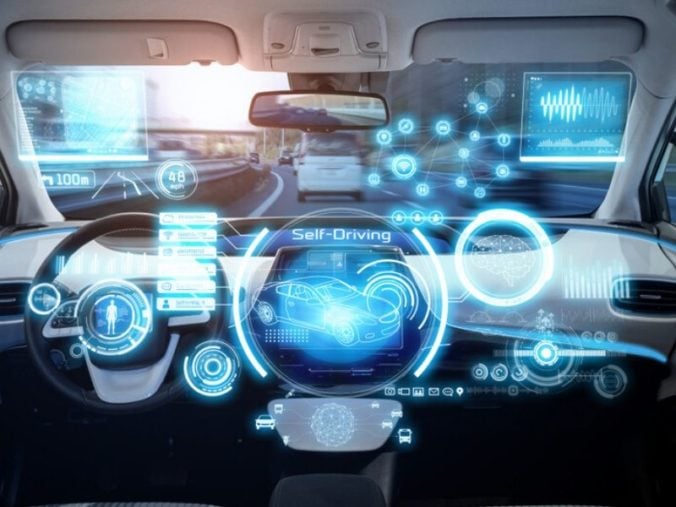The idea of self-driving cars is quickly becoming a reality. However, fully autonomous vehicles are still a way off. Experts are working on developing better AI technology in combination with GPS and camera systems, but this process is going to take a few years to work out. In the meantime, these are the top cars that get as close to self-driving as possible.
Levels of Autonomy
First, it’s essential to understand the varying levels of autonomy drivers can expect. Regular cars without any assistive features count as level 0, while level 1 cars include assistive technology ranging from braking to steering.
Level 2 can control both steering and speed at the same time, but only for short periods without driver intervention. Level 3 cars are fully autonomous in most systems, but they rely on driver assistance to complete their tasks. Reaching level 4, a vehicle only needs the destination put in. A driver can still take over control of the vehicle, but doesn’t have to.
At level 5, absolutely no driver intervention is necessary for the vehicle to complete its tasks. If you suffered damages after a serious car accident, it’s easy to see how these levels of autonomy can help in reducing the number of crashes across the world. For now, however, most vehicles never pass level 3.
2019 Toyota RAV 4
Coming in at just over $25,500, the RAV 4 has always been a popular choice from Toyota. In 2019, however, this model received the Safety Sense 2.0 pre-collision system and a redesign. It’s autonomous features include:
- Pedestrian and cyclist detection
- Automatic emergency braking
- Road sign detection
- And lane tracing assist
2019 Nissan Leaf
At just under $35,000, the Leaf is Nissan’s flagship for new technologies. Outside of the base model, each comes with the option to add the company’s semi-autonomous driver assistance package. These features include ProPilot:
- Steering assistance
- Acceleration
- Braking
- Front-facing cameras and sensors
2019 Tesla Model 3
It’s hard to talk about self-driving cars without mentioning Tesla. While their Model S remains one of the best on the market, the Model 3 comes at a much more affordable price and is still packed with features. Driver assistance technology includes:
- Automatic emergency braking
- Forward collision warning
- Side collision warning
- The Enhanced Autopilot system which steers, accelerates, brakes, and changes lanes
2020 Volvo XC60
Volvo has long been known for investing in the latest tech, but the XC60 pushes the envelope yet again. This compact SUV includes a plethora of advanced features as a standard, as well as an optional Pilot Assist system that can help accelerate, brake, and steer. Standard features include:
- Scanning for imminent collision risks
- Pedestrian, cyclist, and large animal detection
- Brake assist
- Evasive maneuvers to avoid collisions
- Alerting drivers who are not fully awake
2019 BMW 5 Series
The prestige of BMW now comes with advanced features in the 5 Series model. Standard equipment includes adaptive cruise control, pedestrian detection, and front and rear parking sensors. Upgrade to the 540i trim to receive key fob parking assistance for use outside the vehicle and Traffic Jam Assist that allows the car to cruise in a stop-and-go fashion.
